Understanding Your Child’s Learning Style and Ways to Help Them Thrive
Every child is unique, with their preferences, strengths, and ways of understanding the world. Recognizing your child’s learning style is crucial to supporting their academic growth and personal development. This blog explores different learning styles, how to identify them, and effective strategies to help your child succeed in their educational journey.
What Are Learning Styles?
Learning styles refer to the ways individuals prefer to process and retain information. These preferences shape how learners understand new ideas. Although no one approach is universally best, understanding your child’s learning style can help you support them in enhancing their learning experiences.
The VAK model is a well-known framework that categorizes learning styles into three main types: Visual, Auditory, and Kinesthetic. Visual learners understand ideas more easily through images and visual cues, while auditory learners prefer to listen to information to learn effectively. Kinesthetic learners excel when engaging in physical activities and hands-on tasks.
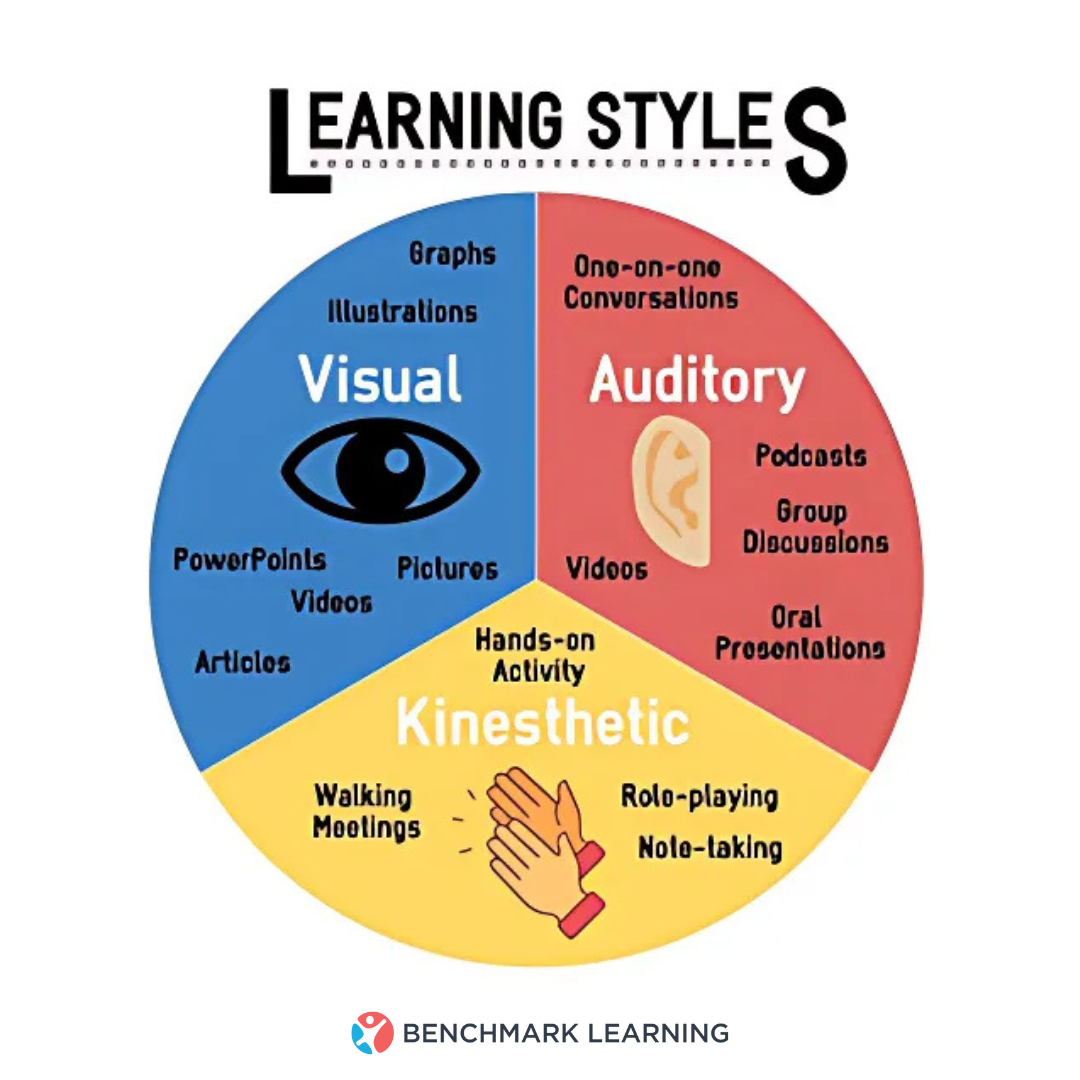
Let’s explore each of these learning styles in more detail below.
Visual Learning
Visual learners excel at understanding and retaining information through visual aids such as diagrams, charts, graphs, and other imagery. They have a natural ability to remember and recall visually presented details effectively.
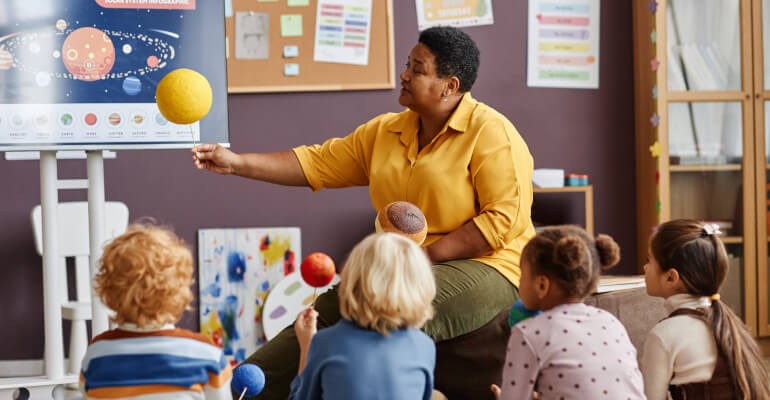
Characteristics of Visual Learners
To determine if your child is a visual learner, observe how they engage with the world around them. Here are some common traits of visual learners:
★ Have a vivid imagination and often think in pictures
★ Learn easily through demonstrations, diagrams, and descriptions
★ Are strong storytellers who enjoy creating mental images
★ Frequently take notes and use colors to organize information
★ Prefer observing situations over asking questions
★ Can be easily distracted by excessive movement or visual stimuli
★ Enjoy using graphs, maps, charts, flowcharts, and written instructions
★ Quickly recognize patterns and visualize information as images
★ Tend to remember faces well, but may forget names
Ways to Support Learners with a Visual Learning Style
For Educators
Every student has a unique learning style—there’s no one-size-fits-all approach. However, there are specific strategies you can use to support different types of learners effectively. For visual learners, incorporating visual elements into your teaching can significantly enhance understanding and retention.
Use Visual Aids
Integrate visual aids such as presentations, diagrams, videos, and infographics into your lessons. These tools help visual learners grasp complex ideas by allowing them to see how concepts connect. Use charts and graphs to present data clearly, and diagrams to illustrate relationships or processes. The more visual your teaching tools, the easier it is for visual learners to engage with and retain the material.
Color Coding Details
Using color-coded markers while teaching helps visual learners better grasp and retain concepts. Assigning different colors to key ideas, categories, or steps in a process can make lessons more organized and easier to follow. This technique visually breaks down complex topics, making connections and relationships between ideas clearer for students.
Use Stories
Storytelling is a powerful strategy for teaching visual learners. Narratives help students form vivid mental images, making abstract or complex ideas easier to understand and remember. Stories also add emotion and context, making lessons more engaging, relatable, and memorable.
For Parents
Parents play a vital role in supporting their child’s learning at home. While using visual aids helps, there are even more effective ways to foster their potential. Here are some of the best strategies for visual learning.
Create Visual Aids and Graphic Organizers Together
Work with your child to make posters, flashcards, diagrams, or mind maps when reviewing lessons. Turning study time into a hands-on creative process not only makes learning more engaging but also helps your child retain information more effectively by visualizing concepts as they create them.
Organize Their Learning Spaces
Set up a dedicated, organized study area that supports focus and creativity. Minimize distractions and make the space visually engaging with tools like color-coded calendars or visual schedules to guide daily routines. You can also create a display wall for charts, timelines, and other visual aids to reinforce learning of important concepts.
Initiate Visual Learning Activities
Engage your child in visual-based games and activities like puzzles, memory games, or block-building to strengthen foundational skills. Encourage them to visualize and describe what they’re reading or learning to help deepen comprehension and make abstract ideas easier to grasp.
Auditory Learning
Auditory learners absorb and retain information best through listening and speaking. They thrive when concepts are explained out loud and may struggle with written or visual instructions alone. These learners often rely on tone, rhythm, and repetition to process information, making spoken instructions, discussions, and audio cues essential to their understanding.

Characteristics of Auditory Learners
To determine if your child is an auditory learner, observe if they exhibit the following characteristics:
★ Follows verbal instructions easily
★ Sensitive to tone of voice, pitch, and rhythm
★ Prefers to record a lecture rather than taking notes
★ Enjoys listening to lectures and discussions
★ Works through complex problems by talking out loud
★ Good public speaking and storytelling abilities
★ Easily distracted by loud background noises or silence
★ Whispers to self while reading
★ Excellent in oral presentations and panel discussions
Ways to Support Learners with a Visual Learning Style
For Teachers
Teachers can use targeted strategies to support auditory learners and create an environment where students learn in ways that align with their strengths. Here are some effective strategies to help auditory learners process and retain information through listening and speaking.
Incorporate Podcast
Offer students the option to explore topics by listening to podcasts in addition to reading articles.
Record Lecture
Provide recordings of lectures for students who miss class, allowing auditory learners to absorb the material through listening instead of relying solely on written notes.
Host Q&A Sessions
Facilitate verbal question-and-answer opportunities to help auditory learners clarify concepts and address concerns. Encourage them to also participate by answering questions, which helps reinforce learning through spoken interaction.
Encourage Class Participation
Motivate students to engage in discussions and share their ideas, fostering a dynamic learning environment that benefits auditory learners. Incorporate read-aloud sessions to combine the benefits of reading with auditory comprehension, enhancing understanding.
For Parents
To support auditory learners, parents should create an environment that prioritizes listening and verbal communication. This can involve participating in discussions, using audiobooks, and maintaining a calm study area that is conducive to learning.
Engage in Discussions
Have regular conversations with your child about what they're learning at school. Encourage them to talk through their ideas, ask questions, and explain concepts in their own words. When assisting with assignments or tasks, give verbal instructions and ask them to repeat the steps back to you—this helps reinforce understanding and boosts confidence.
Leverage Audio Resources
Explore audiobooks and educational podcasts to support your child’s understanding of challenging topics. You can also use songs, rhymes, or catchy chants to help with memorization, especially for facts or concepts that require retention.
Create a Calm Study Area
Set up a quiet area where your child can study without distractions, as auditory learners can be sensitive to noise. Some auditory learners may prefer soft background music, but make sure that it doesn't interfere with their ability to focus on listening.
Kinesthetic Learning
Kinesthetic learners learn best through active participation and hands-on activities, rather than just listening passively or watching demonstrations. They prefer practical experiences and rely on body movement and interactions to grasp new concepts. To understand materials better, they often need to touch or manipulate objects, making experiential learning more beneficial to them than abstract theories.
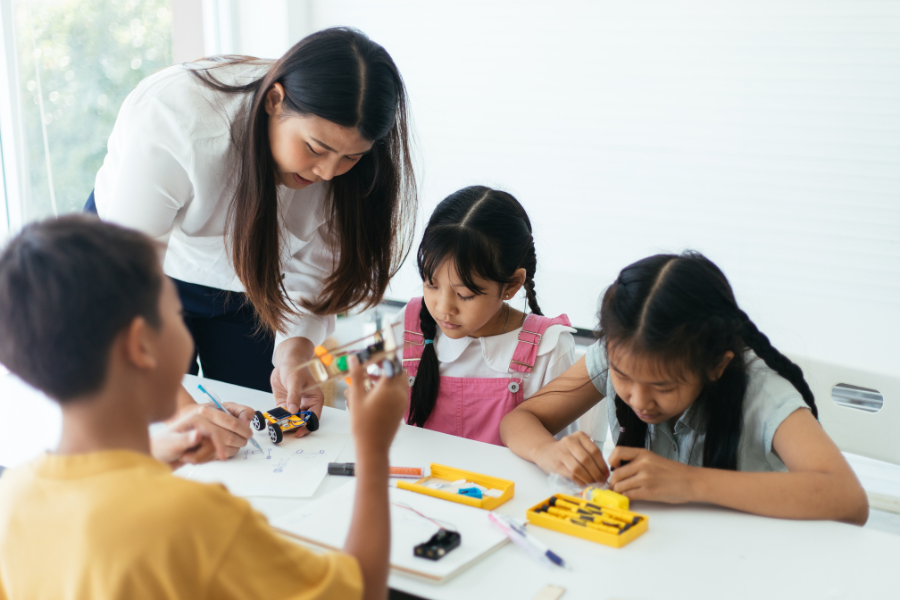
Characteristics of Kinesthetic Learners
Kinesthetic learners exhibit unique traits that highlight their preference for physical activity and hands-on learning experiences. These characteristics include:
★ Understands concepts better through movement and physical engagement
★ May feel bored in traditional classroom settings
★ Enjoys sports, physical activities, and outdoor learning opportunities like field trips
★ Thrives in activities that involve building, creating, or working with their hands
★ Uses hand gestures while speaking or explaining ideas
★ Remembers the spelling of words better by writing them repeatedly
★ Thinks more clearly and stays focused when able to move or take breaks
★ Skilled at solving puzzles and completing mazes
★ Loves to try new activities and approaches
Ways to Support Learners with a Visual Learning Style
For Teachers
To effectively support kinesthetic learners, teachers can incorporate strategies that prioritize physical engagement and hands-on experiences. Here are some teaching methods tailored for kinesthetic learners.
Interactive Learning Activities
Incorporate movement into lessons with activities like role-playing, dramatizations, and hands-on projects where students can build, design, or craft. Use games, puzzles, and challenges that encourage problem-solving through physical engagement, making learning more dynamic and memorable.
Use Hands-On Materials
Give students opportunities to learn by doing—whether it’s manipulating objects, working with models, or conducting experiments. Set up stations where they can explore concepts through touch and interaction. Incorporate tools like touchscreens and virtual simulations to make lessons even more engaging for kinesthetic learners.
Field Trips and Outdoor Learning
Take lessons beyond the classroom to give students real-world, hands-on experiences. Use simulations or mock scenarios that require active participation to deepen understanding. Incorporate short, active breaks or mini-tasks to keep students energized and focused throughout the learning process.
Teach Through Action
Encourage students to actively engage with lessons by writing or rewriting key information to strengthen retention. Incorporate gestures, demonstrations, and hands-on activities that let them apply theoretical concepts.
For Parents
Kinesthetic learners excel through physical activity and hands-on experiences. Parents can support by integrating movement into study time, encouraging outdoor activities, and finding ways to make learning more active and engaging.
Incorporate Movement into Learning
Integrate physical activity into study time with exercises like walking, jumping, or even dancing. Movement helps kinesthetic learners stay focused and retain information more effectively. Schedule short movement breaks between study sessions to refresh their energy and keep learning engaging and fun.
Find Opportunities for Physical Activity
Promote outdoor play, sports, or active household chores to help kinesthetic learners release energy and improve focus. Plan field trips, museum visits, or turn everyday tasks like grocery shopping into hands-on learning opportunities.
Be Supportive and Patient
Remember that kinesthetic learners may need more time and hands-on practice to grasp new concepts. Celebrate their progress, encourage their efforts, and provide tools like building blocks, clay, or everyday objects to make learning tactile, interactive, and enjoyable.
The Importance of a Multisensory Approach
Even though learners have a dominant learning style, a multisensory approach can help improve overall understanding and retention. Combining auditory, visual, and kinesthetic elements in a single lecture session can ensure wider engagement. For example, when teaching a historical event, you can use a documentary (visual), a discussion or audiobook (auditory), and a creative activity like creating a timeline (kinesthetic). This approach not only accommodates their preferred style but also enhances their ability to learn through other methods.
Encourage a Growth Mindset
While accommodating a child’s learning style is important, it's equally vital to promote a growth mindset for their success. Encourage your child to see challenges as chances to grow instead of obstacles. Show them that mistakes are natural in the learning process and that persistence is key during tough times. By celebrating their efforts rather than just the results, you help develop resilience and foster a lifelong passion for learning.
Leveraging Technology and Resources
Technology provides powerful tools to support every type of learner. Here are some helpful resources:
Visual Learners – Canva for creating visuals, YouTube for educational videos and tutorials
Auditory Learners – Audiobooks, podcasts, and audio apps like Audible for on-the-go learning
Kinesthetic Learners – Virtual reality tools, interactive coding kits, and educational games that make learning hands-on and engaging
When to Seek Help
If your child is struggling with learning or if you don’t have enough time to create a tailored study plan, consider seeking support from professional educators or tutors. Collaborating with experts can enhance your child’s learning experience and ensure that strategies align with their unique learning style, making a significant difference in their growth.
You have many resources available. Online tutors—like those at Benchmark Learning—are trained to identify your child’s learning style and design personalized plans that help them better understand challenging lessons. With the right guidance, your child can build confidence, improve academically, and develop a lifelong love for learning.

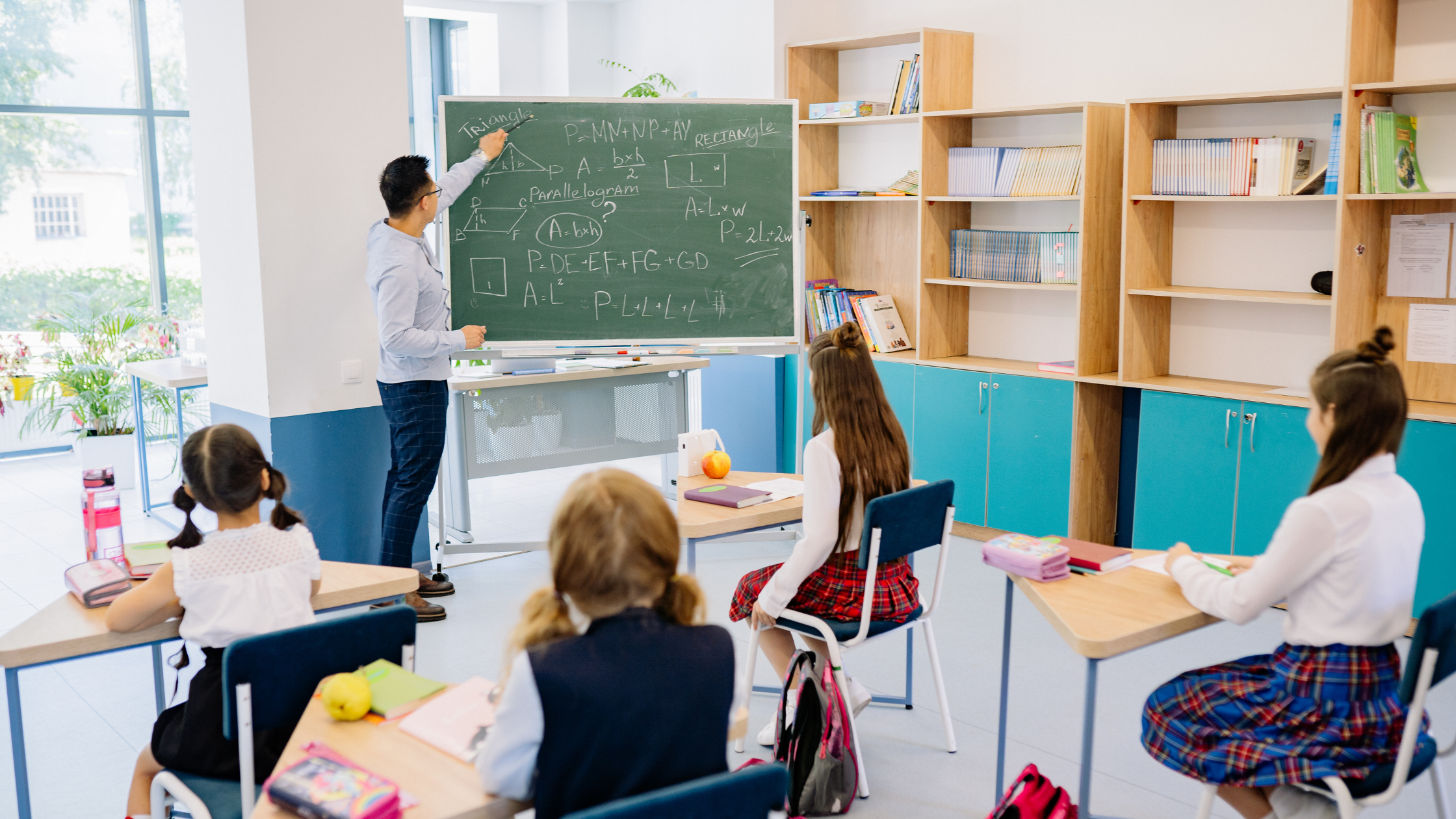

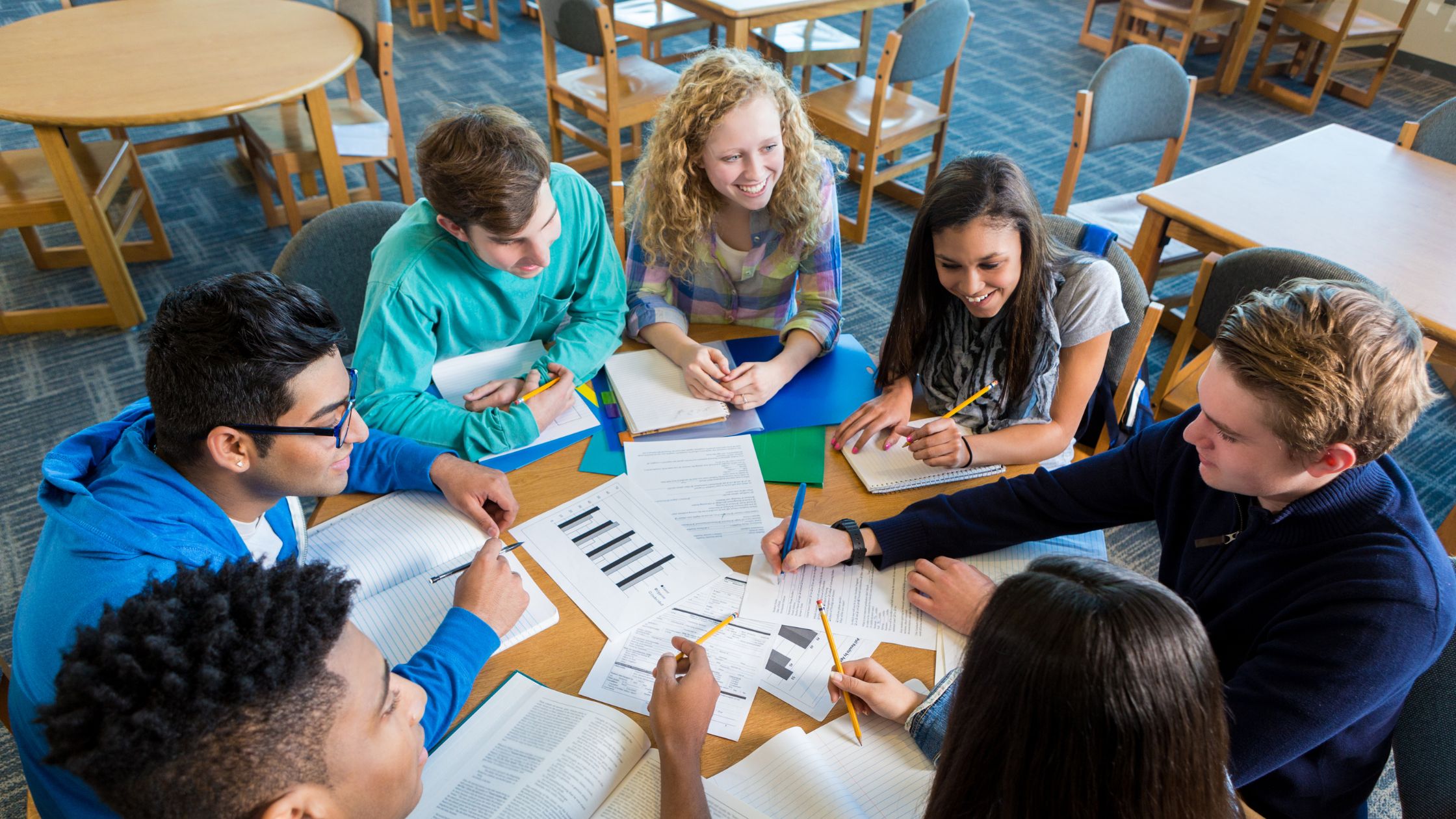
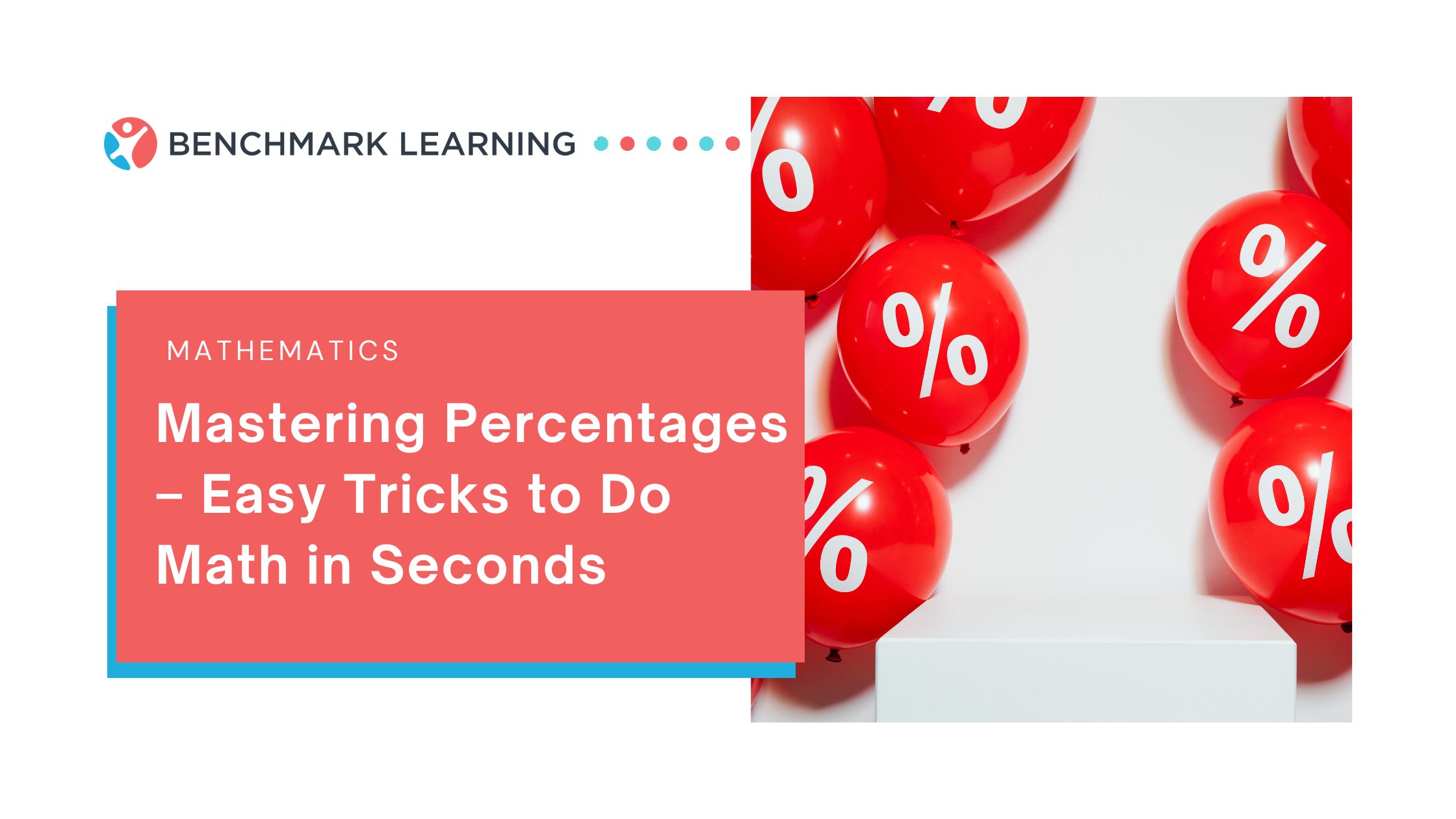
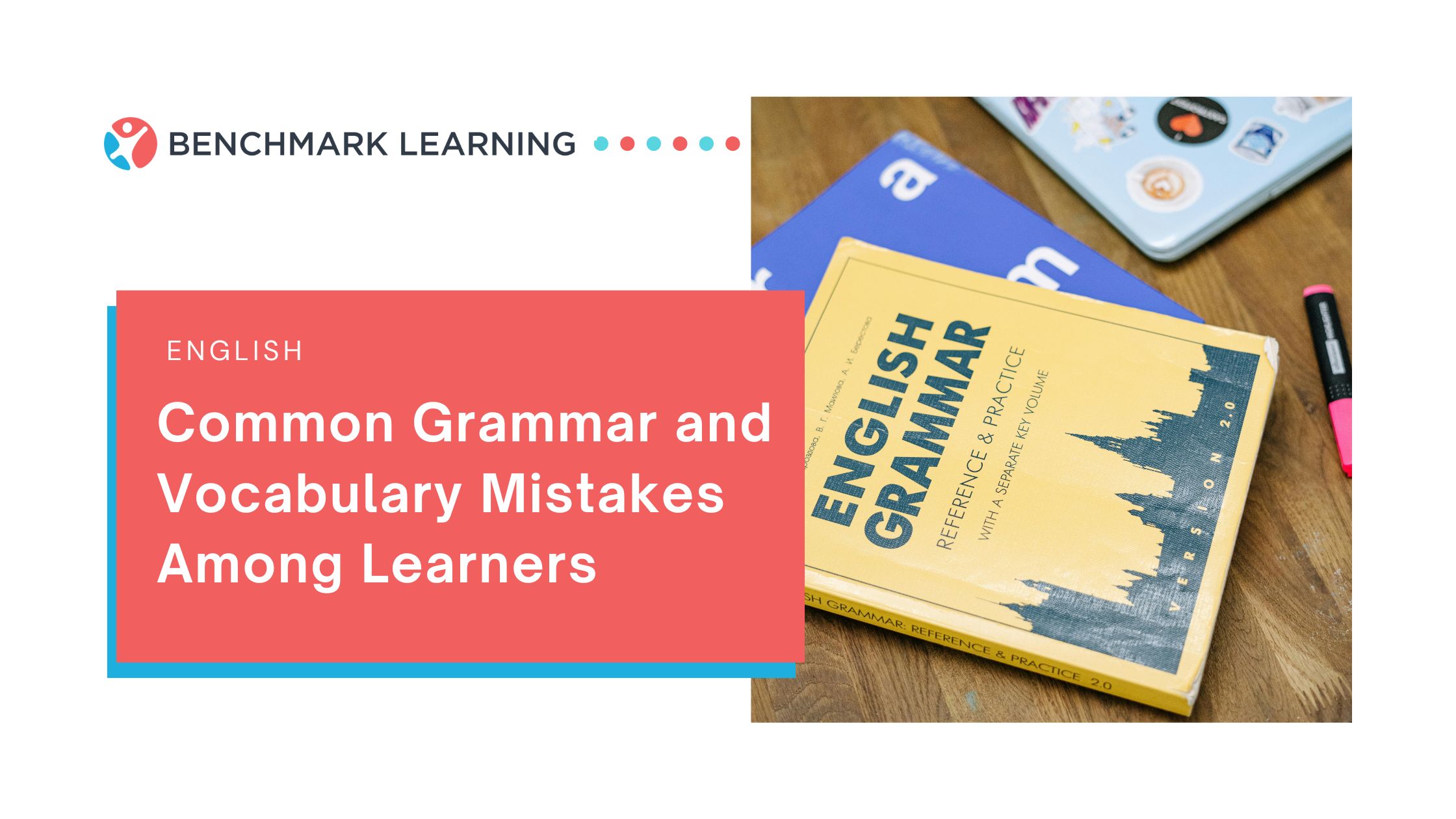
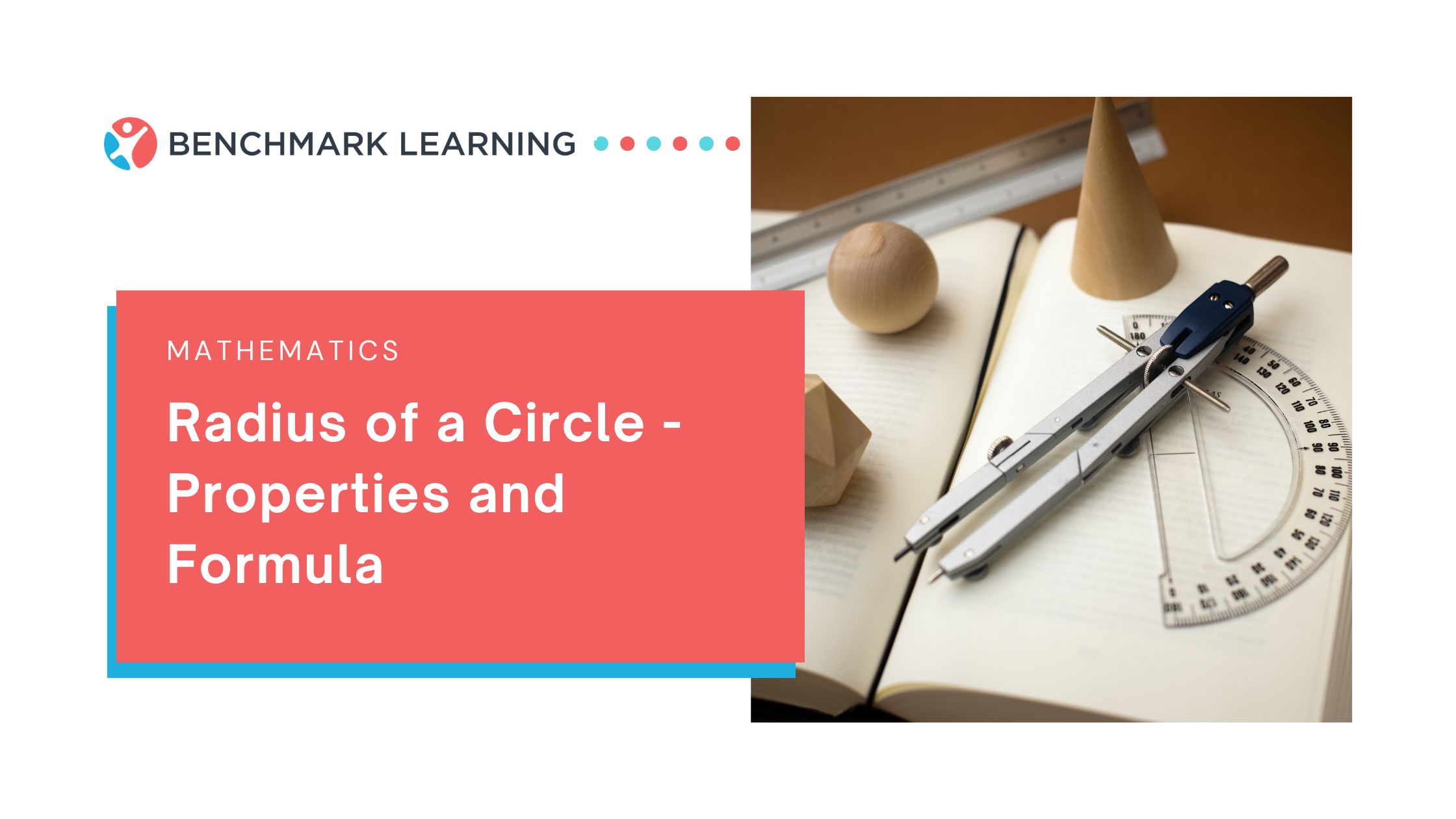


.jpg)
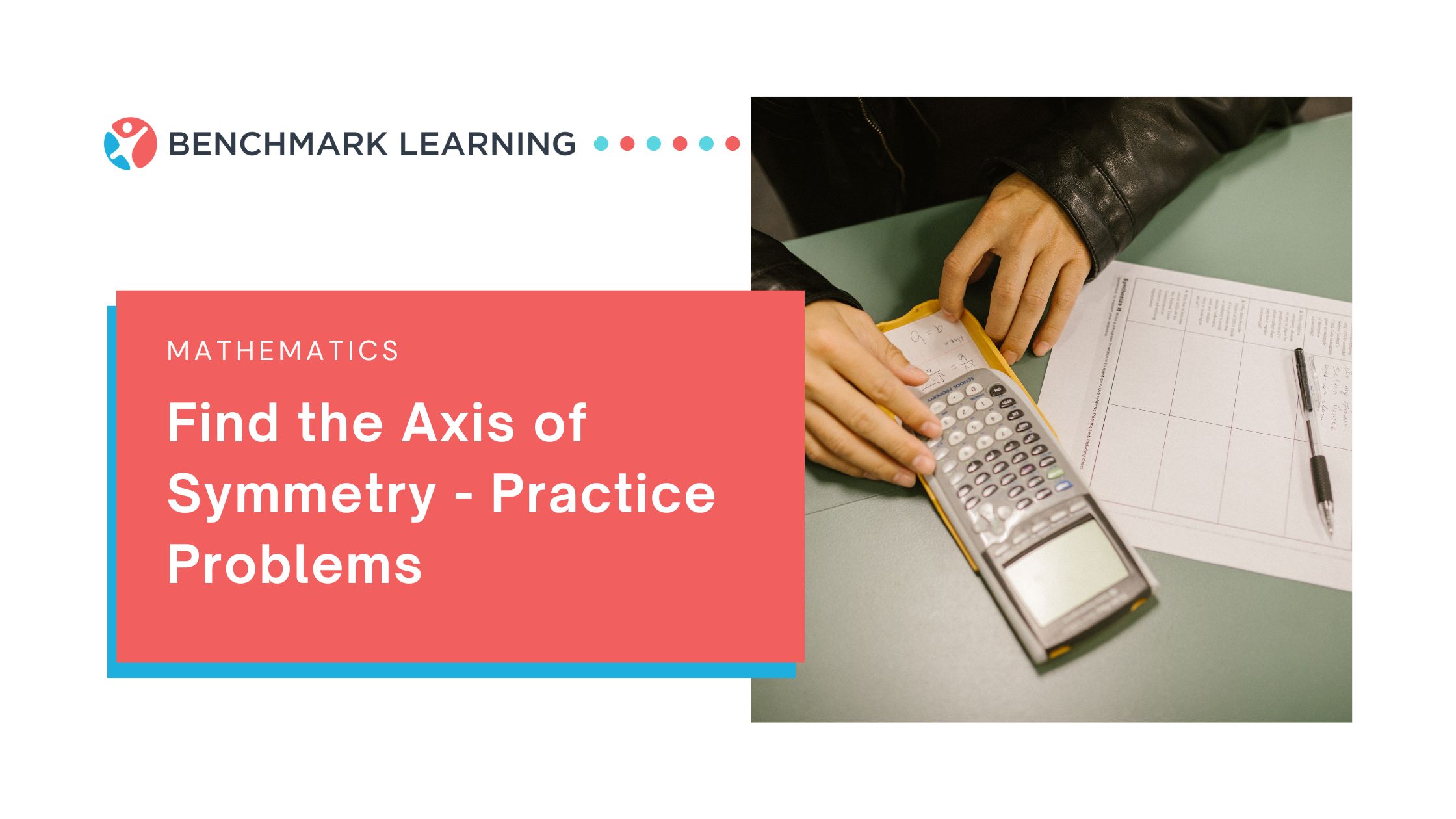


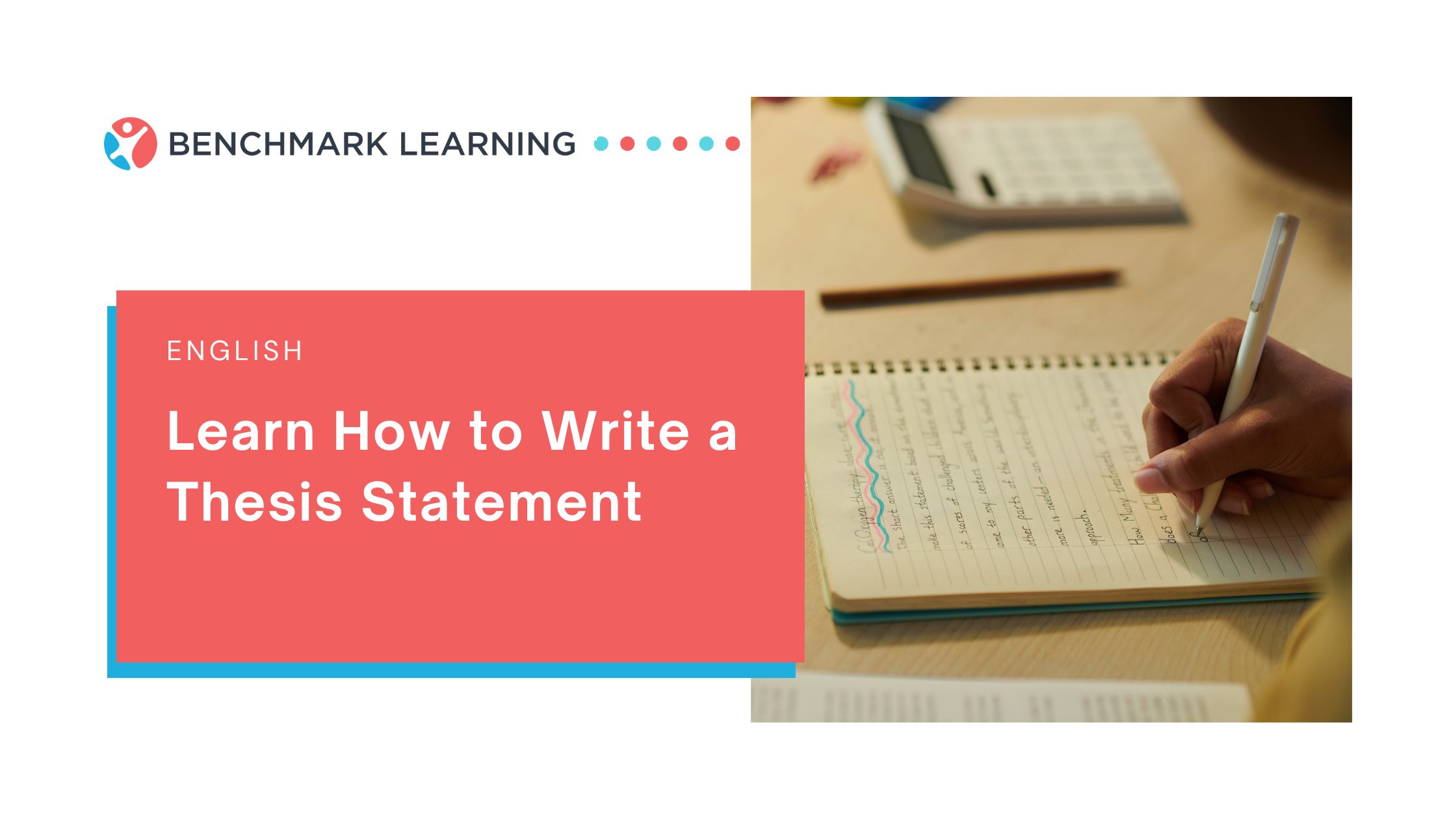
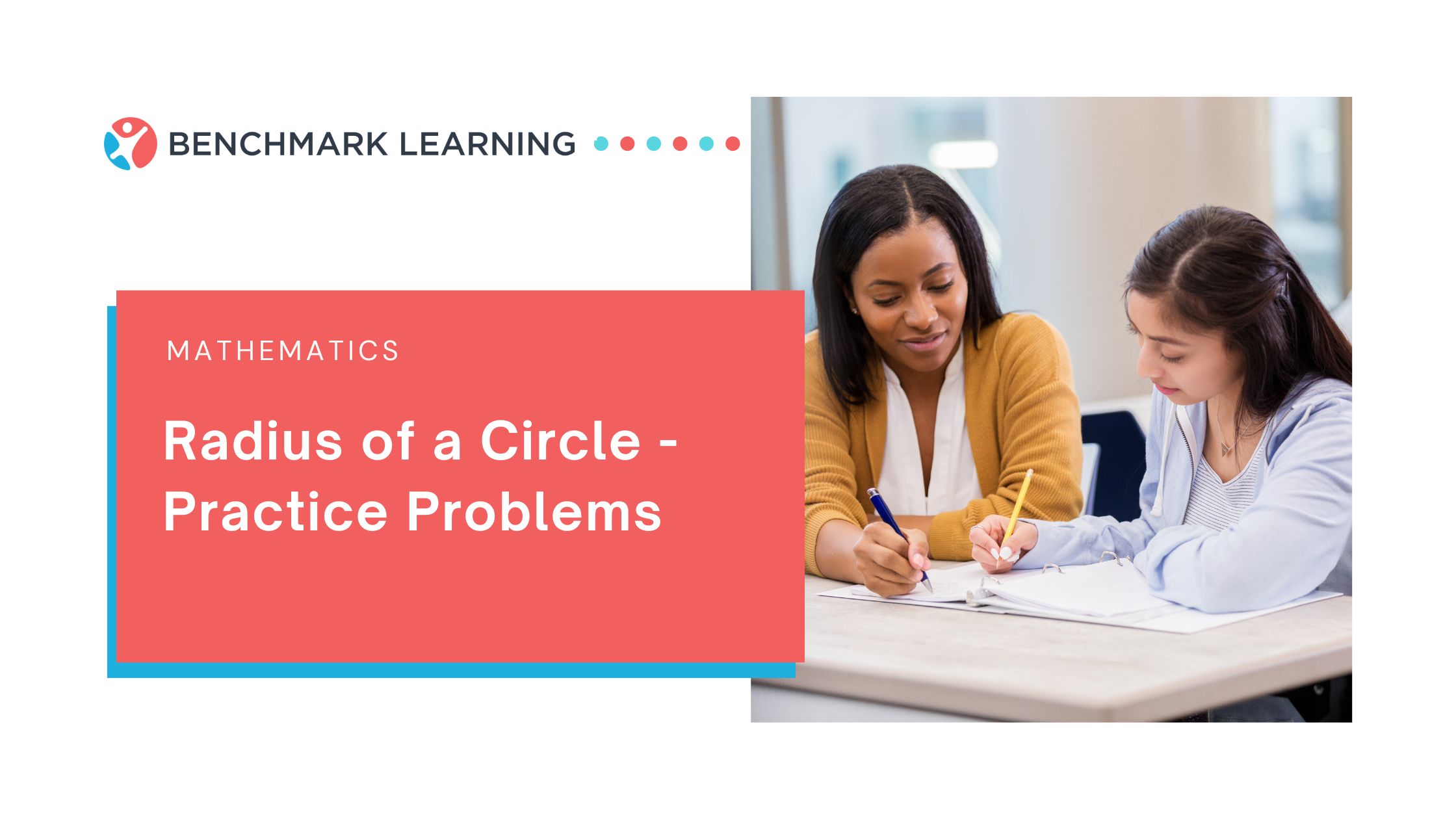
.png)
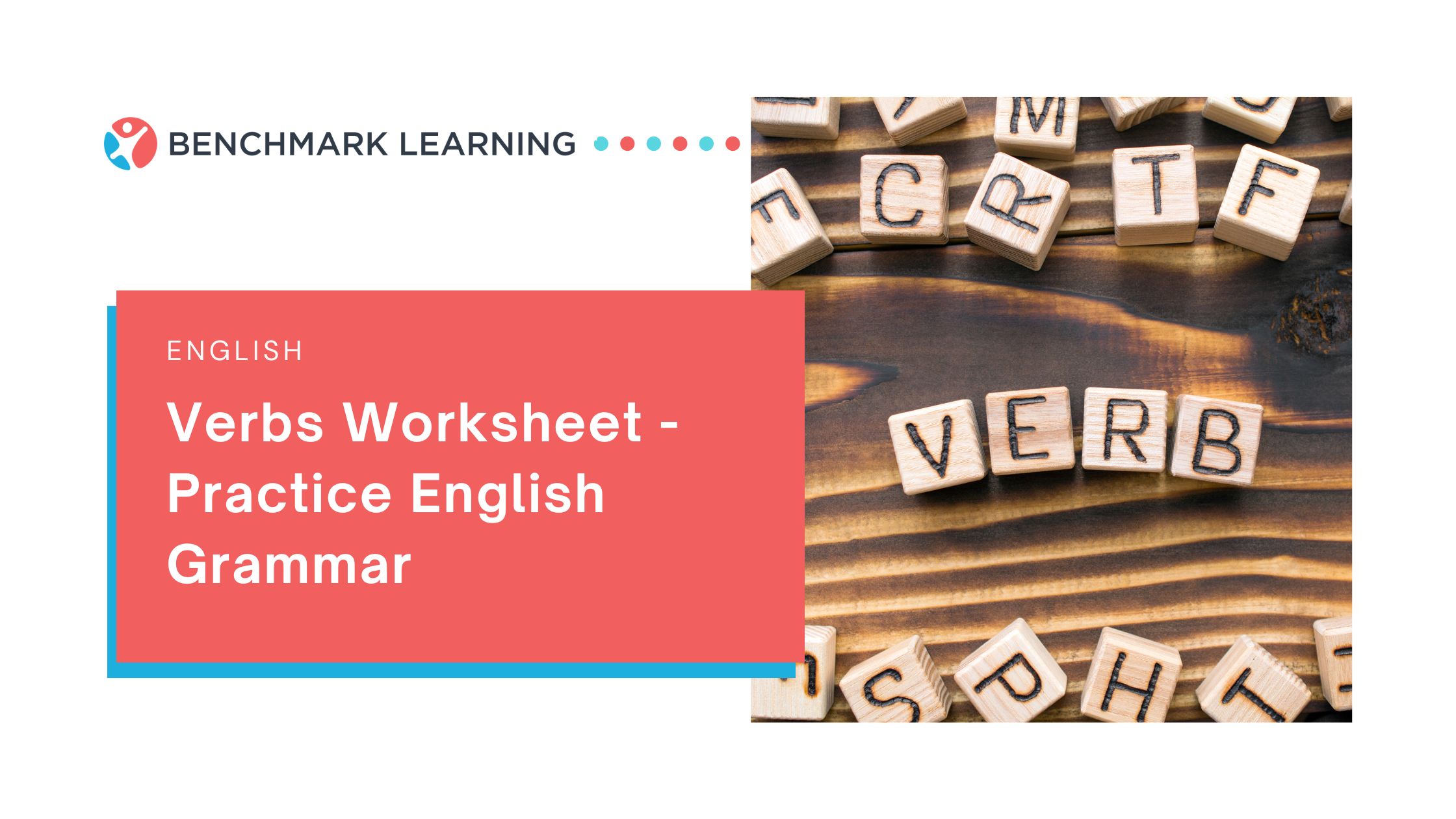


%20-%20Thumbnail.png)
.png)
